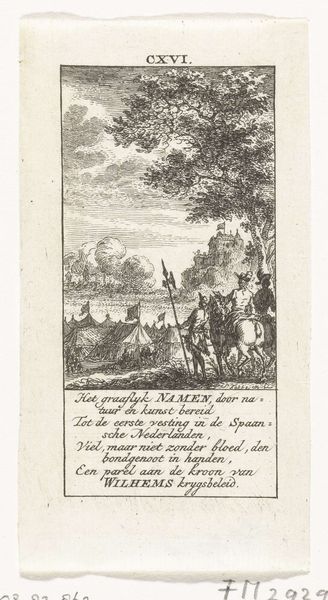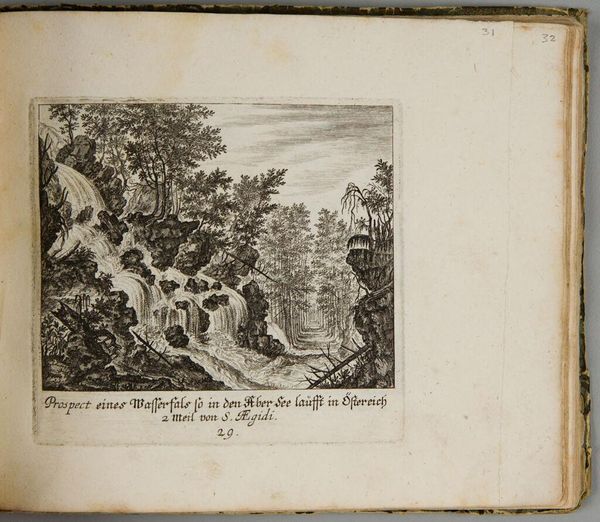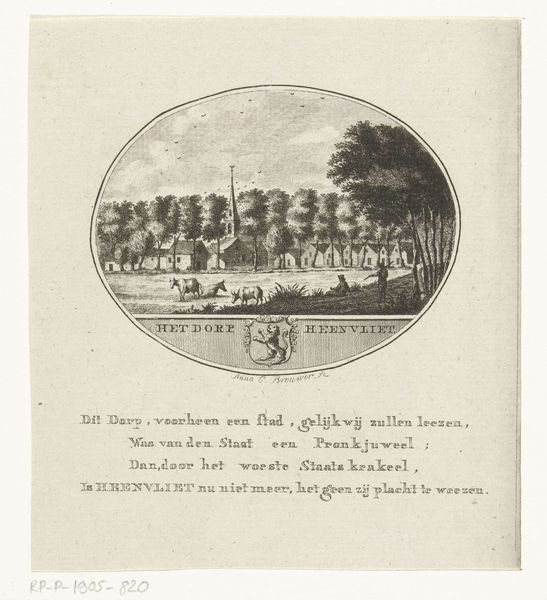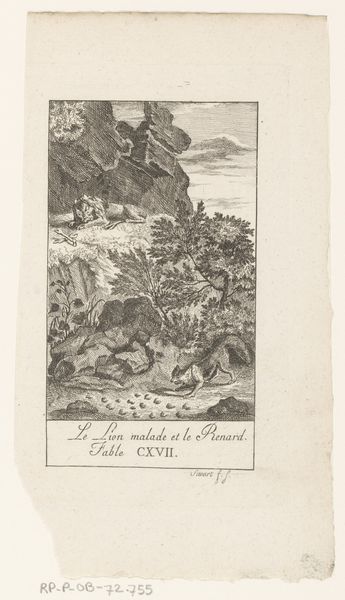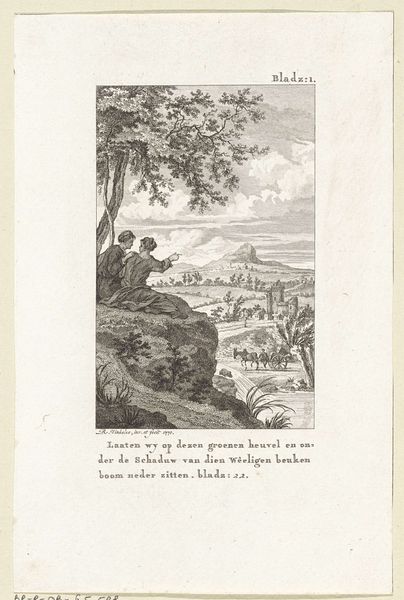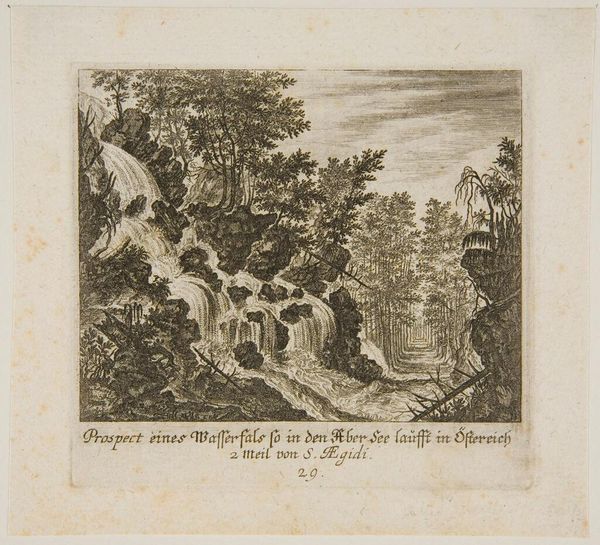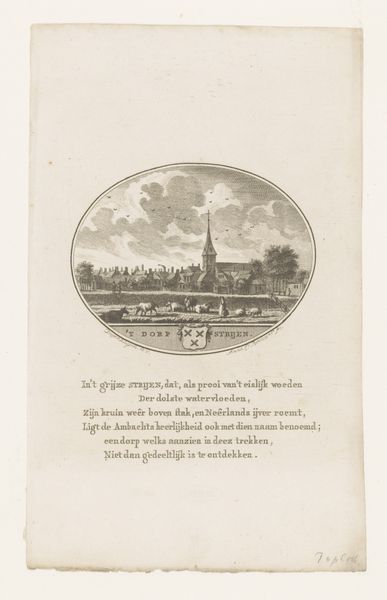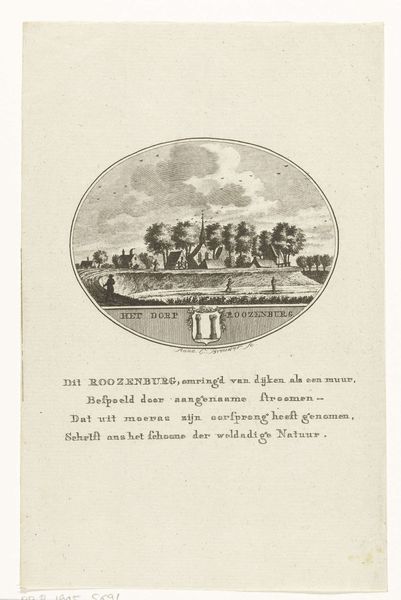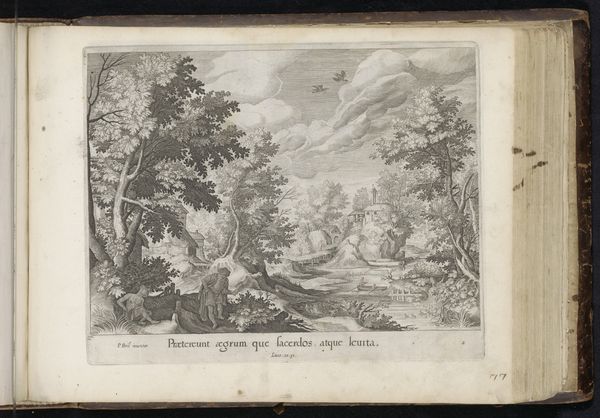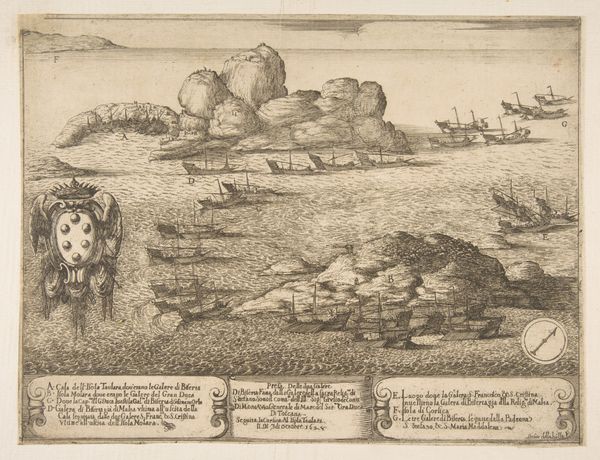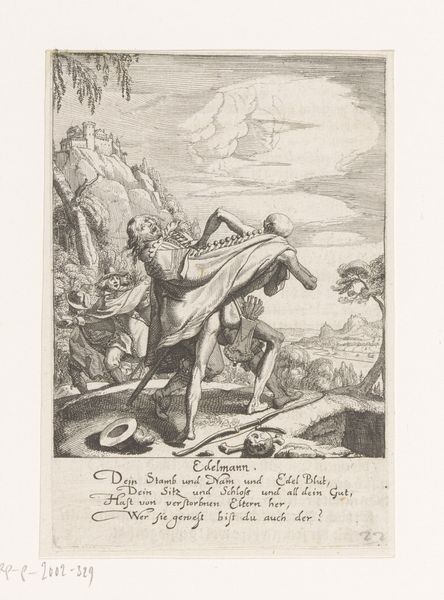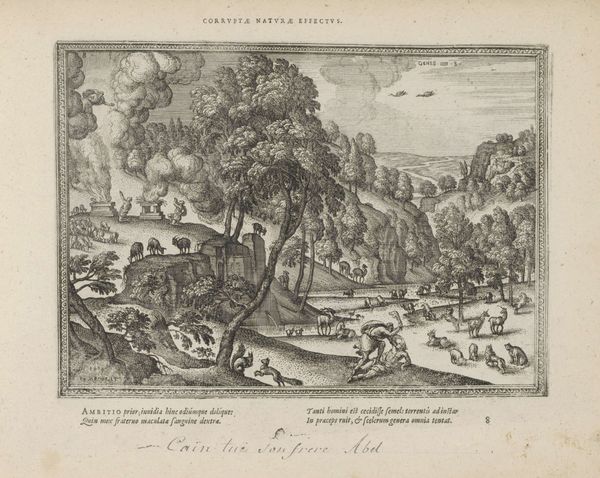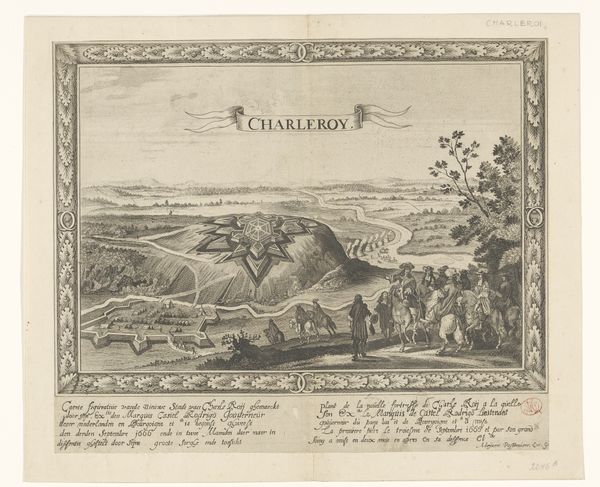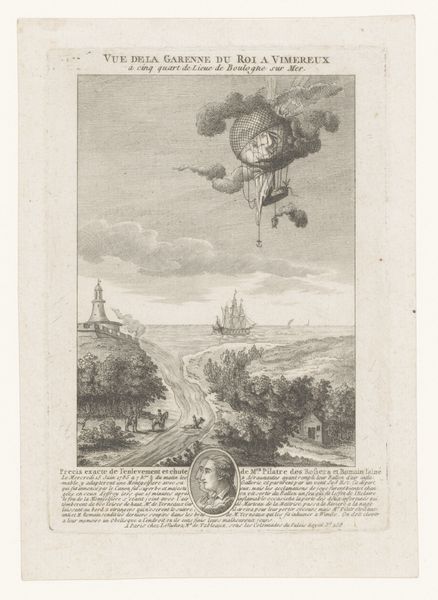
Illustrated Poem ‘The Water Lily’ (Die Wasserlilie – Heinrich Heine) 1848
0:00
0:00
Dimensions: Sheet: 11 1/8 × 8 7/8 in. (28.3 × 22.6 cm) Plate: 8 1/4 × 5 13/16 in. (21 × 14.7 cm) Sheet: 10 11/16 × 8 1/16 in. (27.2 × 20.4 cm) Plate: 8 3/8 × 5 7/8 in. (21.2 × 14.9 cm) Sheet: 11 3/16 × 8 3/4 in. (28.4 × 22.2 cm) Plate: 7 11/16 × 5 13/16 in. (19.6 × 14.8 cm) Sheet: 10 3/8 × 7 5/8 in. (26.4 × 19.4 cm)
Copyright: Public Domain
Eugen Neureuther's illustrated poem, "The Water Lily," delicately intertwines visual and textual narratives, and was printed in 1848. Dominating the scene is the water lily, a symbol steeped in cultural significance. In ancient Egypt, it represented rebirth and creation, while in Romantic poetry, it often embodied purity and transient beauty. The poem speaks of the lily's shy glance at the moon, then its bashful descent into the water, where it sees a pale companion. This motif of descent echoes in numerous myths, from Inanna's journey to the underworld to the harrowing of hell. The lily's reflection, distorted and doubled beneath the surface, calls to mind Narcissus, forever captivated by his own image. This is not mere vanity, but a confrontation with the self, a descent into the depths of the psyche. The water lily resurfaces time and again through history. Each era reshapes it, imbuing it with new layers of meaning while preserving echoes of its ancient origins.
Comments
No comments
Be the first to comment and join the conversation on the ultimate creative platform.
